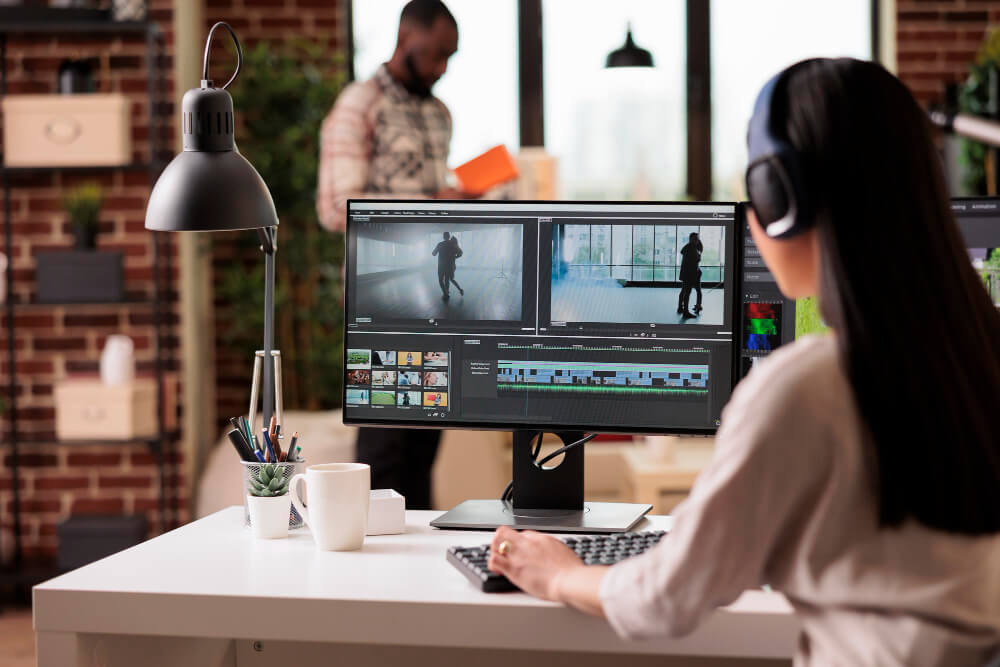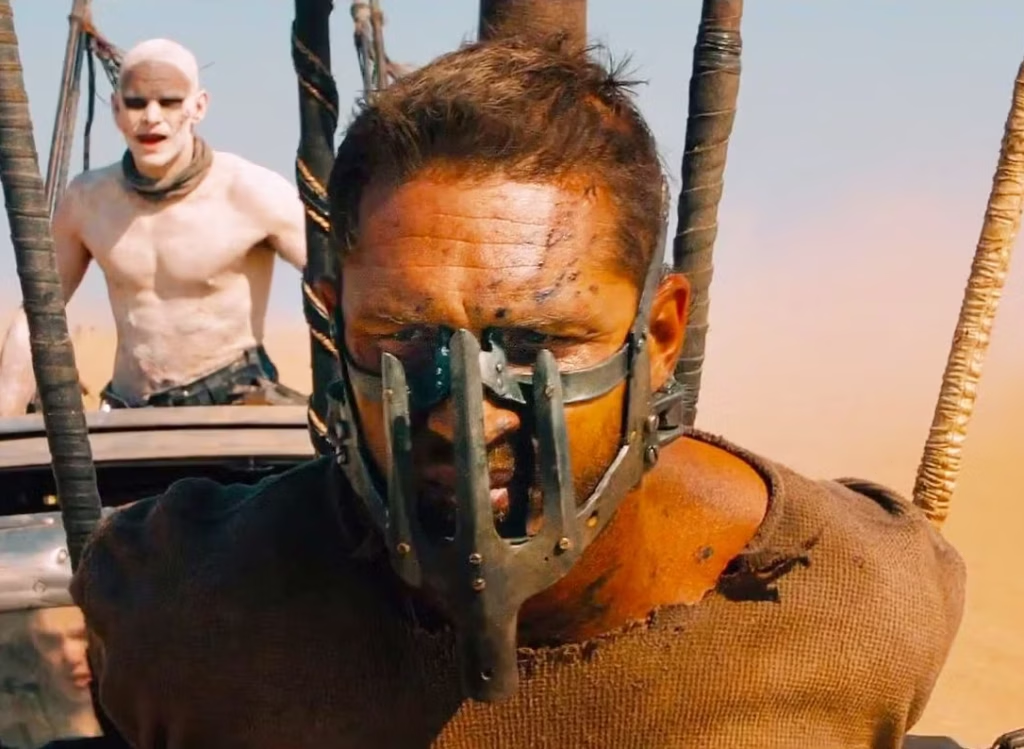Have you ever wondered why it takes so long for movies to be released after the first news of filming wraps? That’s because shooting a movie is only part of the process.
To make a film, you generally go through three main stages:
• Pre-production – this is when planning takes place. The script is written, the cast is chosen, locations and filming equipment are selected and prepared;
• Production – this is when the actual filming happens;
• Post-production – the final, and definitely one of the most important stages – this is when the footage is edited, prepared, and delivered to the audience.
So, when exactly does post-production begin?
The name suggests that it usually starts after production, but that’s not always the case. Post-production can also begin before the main shoot is completed. Since filming sometimes takes weeks or even months, editors can begin working on the footage during production.
In this case, the tasks involve file management and storage. Existing footage may also be prepped for later editing – for example, an assistant editor might transcode, tag, and copy the material. First, this makes it easier for the editor to work with the files across different applications. Second, it helps ensure that no footage gets lost.
The Stages of Post-production
It may seem like post-production is just editing, but in reality, it’s a complex process made up of several stages, which usually take months to complete.
Video Editing and Assembly
Video editing is the first stage of post-production, primarily focused on selecting and combining footage. The editor starts by reviewing the material and choosing the best takes. Then, these are compiled into scenes to create a rough cut of the film.
There are several ways to approach this process. The editor might work independently using notes and instructions from the director and cinematographer, or all three may collaborate directly. Typically, the editor’s decisions are marked and explained in an editing decision list – a document that the director and producer review.
Visual Effects
Once the film is edited, a team of artists adds various effects to the raw footage. The type and purpose of these effects can vary. They may be used to create a computer-generated image of a non-existent character or object – like the giant sandworm in Dune: Part Two. Or to combine multiple images into a single frame – as was done in Furious 7, where VFX artists recreated the likeness of the late Paul Walker.
Visual effects can also be used to remove elements the filmmakers don’t want in a scene – for instance, film equipment visible during shooting.
Color Correction and Grading
Another crucial stage in filmmaking is working with color. During color correction, the artist ensures the color palette is consistent. Then, in color grading, the tone of the film is adjusted to fit a specific aesthetic. This is when a particular color filter might be applied – like the computer-green tint in The Matrix or the dreamy yellow in Enemy.
Sound Editing
Sound is just as important as visuals in a film – which is why working on it is just as complex as editing the video.
ADR and Foley
Sometimes, the audio recorded on set isn’t suitable for the final film: it might be too noisy or just not captured as the director intended. So filmmakers use Foley (sound effects) and ADR (automated dialogue replacement) to replace this audio.
Foley is the process of creating various sounds and noises in a studio. Artists might walk loudly to make the footsteps in a scene sound heavy, or smash walnuts and fruit in front of a microphone to simulate skulls cracking or punches landing.
ADR is the re-recording of dialogue to replace on-set audio if it’s not usable. ADR can also be used for dubbing if the film is being released internationally.
Music
There are two main ways to create a film score. The first is to compose original tracks specifically for the project. This is when a composer writes music tailored to the mood of a particular scene or the film as a whole. A great example is Hans Zimmer’s original score for Interstellar, inspired by a short story from Christopher Nolan about a father leaving his child for an important mission.
The second option is to use existing tracks. But in that case, it’s especially important to handle the legal rights: to ensure the song can be used legally in the film.
Sound Mixing
The final step in the sound department is sound mixing – making sure everything sounds right and is properly synchronized. Audio tracks are layered, their volume levels adjusted, and sound effects are added.
Logistics and Marketing
Then, once everything is ready, all that’s left is to present the film to the audience. This includes delivering the movie to theaters worldwide – either as a digital copy or on film.
At this stage, the marketing team gets to work: developing promo campaigns, organizing press tours and conferences, or creating buzz around the premiere. Without this, even masterpieces can flop – like Babylon. So, it’s vital not only to make the film but also to sell it.




